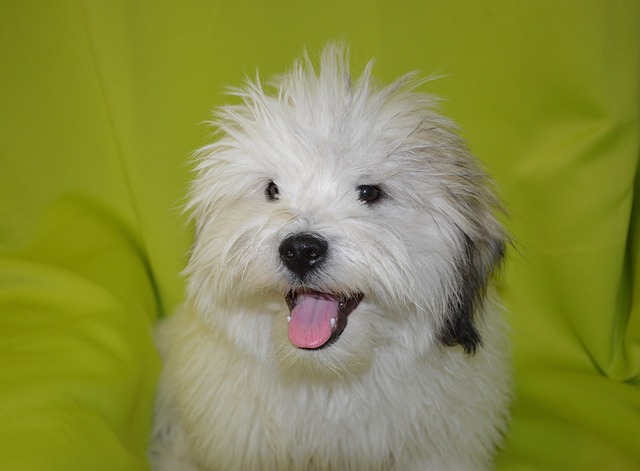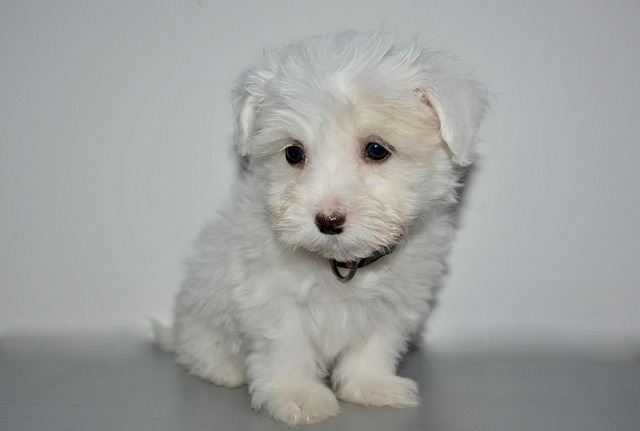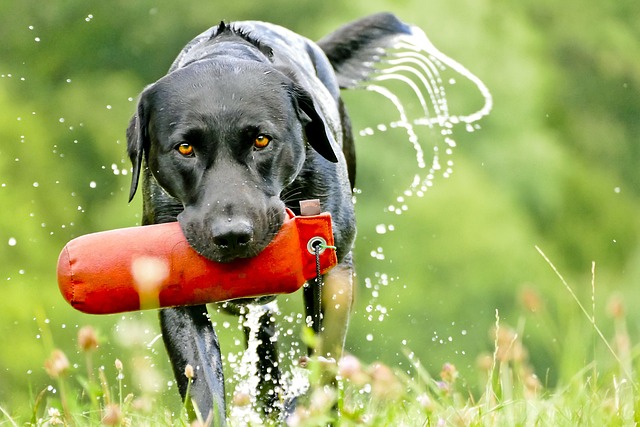
How to teach a dog to shake without treats?
Ever watched your dog's eyes light up at the sight of a treat pouch and thought, “There’s got to be more to training than snacks?” You’re onto something.
You step through your front door after a long day, and your enthusiastic dog barrels toward you, paws flying up to your chest—sound familiar? Many dog owners in the U.S. wonder if their furry pals will just outgrow this habit, but let's unpack why dogs jump on people in the first place. It's often about seeking attention or excitement, like when they're overjoyed to see you, and without early guidance, it becomes a reinforced behavior through positive responses. From a behavioral science angle, dogs learn through operant conditioning; if jumping gets them pets or eye contact, they'll keep doing it. To nip this in the bud, start by ignoring the jump—turn away calmly—and only reward them when all four paws are on the ground. Culturally, remember that in America, positive reinforcement is key; physical punishments like hitting are not only ineffective but frowned upon, as they harm the human-animal bond and go against animal welfare norms.
So, do dogs naturally outgrow jumping on people? The short answer is no—it's not something they typically grow out of on their own. Puppies might mellow with age, but if the behavior is reinforced into adulthood, like when they jump on guests for greetings, it often persists without intervention. Scientifically, this ties into how habits solidify; adult dogs don't "unlearn" rewarded actions unless trained, so hoping they'll stop spontaneously sets you up for frustration. A simple first step is to teach an alternative, such as "sit," during high-energy moments. On the compliance front, think about public spaces: in U.S. communities, letting your dog jump on strangers during walks can lead to complaints or even fines under local leash laws, as it's seen as a nuisance—always carry waste bags for cleanup, too, to stay on the right side of ordinances.
For training adult dogs to stop jumping, focus on consistent, evidence-based techniques that build calmness. Why do dogs jump on people as adults? Usually, it's because they've learned it works, so the goal is to reshape that response. Behaviorally, this involves rewarding incompatible behaviors; for instance, practice having your dog "sit" before you open the door for visitors, and use high-value treats to reinforce stillness. Step-by-step, start in low-distraction settings: ignore jumps completely, wait for calmness, then praise and treat—repeat this daily for weeks to cement the change. In apartment living, where space is tight and jumping could knock over items or kids, this approach prevents accidents; also, ensure your dog gets enough exercise to burn off energy, reducing the urge to leap.
To prevent jumping in puppies, begin training early—it's far easier than fixing it later. Do puppies naturally stop jumping? Rarely, but with proactive steps, you can steer them toward polite habits. The science here emphasizes socialization; expose pups to varied greetings so they learn that staying down earns rewards, not jumps. Practically, start at home: when your puppy approaches, say "off" in a neutral tone and reward with a toy or treat for keeping paws grounded. Culturally, this aligns with American norms of gentle guidance; avoid scolding, as it can create fear, and instead build trust through positive interactions. For families in shared housing, this early training helps avoid neighbor issues, like noisy jumps in hallways, reinforcing community harmony.
Long-term management boils down to patience and consistency—don't expect overnight miracles. How to stop dogs from jumping on people involves ongoing practice; even after progress, occasional slips happen, so keep reinforcing desired behaviors in real-world scenarios, like at the park. Scientifically, behaviors take months to rewire, so set realistic goals and celebrate small wins. On the cultural side, responsible ownership means upholding etiquette, such as leashing your dog in public areas to prevent uncontrolled jumps, which ties into broader obligations like vaccination laws—ensure shots are current to protect everyone. With steady effort, you'll foster a well-mannered companion who greets with all paws firmly planted.

Ever watched your dog's eyes light up at the sight of a treat pouch and thought, “There’s got to be more to training than snacks?” You’re onto something.

There’s nothing quite like the feeling of your dog enthusiastically slapping your hand with both paws. Teaching a double high five isn’t just a party trick—it’s a fun way to bond and show off your pup’s smarts.

Dreaming of the moment your dog sits on command or stays put while you answer the door? Training your furry pal is like building a secret language, but one question lingers: how long will it take?

Housebreaking your furry friend isn't just about keeping your floors clean—it's a game-changer for both of you. Think about it: no more late-night dashes in the rain, no embarrassing surprises when guests visit.

Ever feel like you're speaking a different language when trying to teach your dog "sit" or discourage counter surfing? You might reward with a treat one minute, then ignore jumping the next

Taking your dog on car rides can be a blast—whether it’s a trip to the dog park, a weekend getaway, or just a quick errand. But in the Western world,